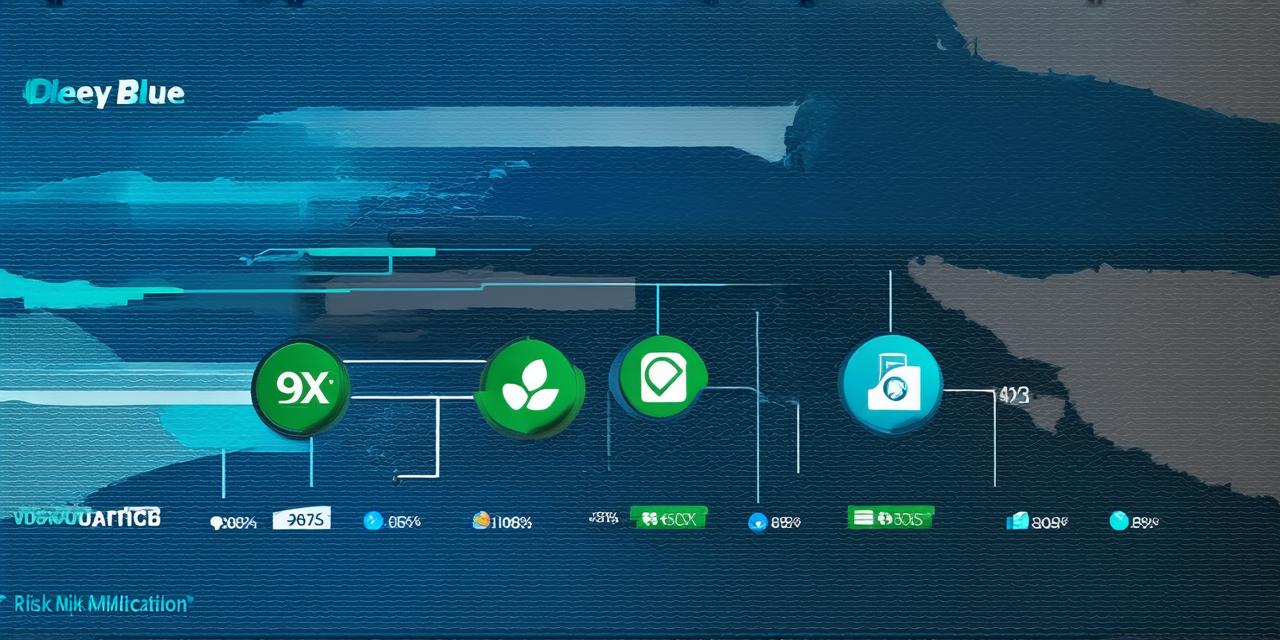Risk management is a crucial aspect of any business or organization. It involves identifying potential risks and developing strategies to mitigate them before they cause damage. One effective way to manage risk is by outsourcing services and acquiring insurance. In this article, we will explore some of the most common risk mitigation strategies that involve these two tactics.
Outsourcing Services
Outsourcing involves hiring a third-party provider to perform certain tasks or services for a business or organization. This can be particularly useful in situations where the company lacks the necessary expertise, resources, or time to handle a particular task in-house. Some common examples of outsourced services include:
- IT support and infrastructure management
- Accounting and bookkeeping
- Marketing and advertising
- Customer service and call center operations
- Human resources management
Outsourcing can provide several benefits, including cost savings, improved efficiency, and access to specialized expertise. However, it is important to carefully evaluate the potential risks associated with outsourcing before making any decisions. Some of the most common risks include:
- Data security breaches
- Contract disputes and legal issues
- Quality control problems
- Communication breakdowns and cultural differences
To mitigate these risks, businesses can implement several best practices when outsourcing services. These include:
- Thoroughly vetting potential providers and conducting due diligence before entering into a contract
- Establishing clear communication channels and expectations from the outset
- Providing ongoing training and support to ensure that providers have the necessary skills and knowledge to perform their tasks effectively
- Conducting regular performance evaluations to ensure that providers are meeting expectations
- Having contingency plans in place to address any potential issues or risks that may arise
Acquiring Insurance
Insurance is another effective tool for managing risk. It involves purchasing a contract from an insurance company that provides protection against certain types of losses, such as property damage, liability claims, or business interruption. Some common types of business insurance include:
- General liability insurance
- Workers’ compensation insurance
- Property and casualty insurance
- Business interruption insurance
- Cybersecurity insurance
Insurance can provide several benefits, including financial protection against unexpected losses, peace of mind for business owners and employees, and compliance with legal requirements. However, it is important to carefully evaluate the potential risks associated with insurance before making any decisions. Some of the most common risks include:
- Overpaying for coverage that may not be necessary or effective
- Not fully understanding the terms and conditions of the policy
- Failing to renew or update policies in a timely manner
- Not properly maintaining and documenting claims and losses

To mitigate these risks, businesses can implement several best practices when acquiring insurance. These include:
- Conducting a thorough risk assessment to identify potential areas of exposure and determine the appropriate types and levels of coverage needed
- Working with an experienced insurance agent or broker who can provide guidance on policy options and help navigate complex terms and conditions
- Reviewing policies regularly to ensure that they remain effective and relevant to the business’s changing needs and risks
- Maintaining accurate records of claims and losses to support future requests for coverage or adjustments to policies
- Providing ongoing training and education to employees on insurance policies and how to report and manage claims effectively
Case Studies: Real-Life Examples of Risk Mitigation Strategies in Action
There are many real-life examples of businesses and organizations successfully implementing risk mitigation strategies that involve outsourcing services and acquiring insurance. Here are a few examples:
- A small manufacturing company outsourced its accounting and bookkeeping functions to a third-party provider, allowing the company’s in-house staff to focus on core business activities such as product development and customer service. The company also acquired general liability insurance to protect against potential accidents or injuries on the premises, and workers’ compensation insurance to provide financial support to employees who were injured on the job.
